The didgeridoo, an ancient wind instrument originating from Indigenous Australian cultures, has long fascinated musicians and scientists alike. Among its many unique characteristics, the circular breathing technique required to play it has drawn particular attention. This method, which involves inhaling through the nose while simultaneously exhaling through the mouth, creates a continuous sound without pauses. However, one of the lesser-discussed aspects of this practice is the player’s ability to tolerate elevated levels of carbon dioxide (CO₂) in the bloodstream—a physiological adaptation that raises intriguing questions about human respiratory endurance.
The Mechanics of Circular Breathing and CO₂ Buildup
Circular breathing is a complex skill that demands coordination between the respiratory and oral muscles. Unlike normal breathing, where exhalation and inhalation occur in distinct phases, circular breathing forces the player to maintain a steady airflow while sneaking in quick nasal inhalations. This process disrupts the natural balance of oxygen and CO₂ in the body. Typically, the brain relies on rising CO₂ levels to trigger the urge to breathe. However, didgeridoo players learn to suppress this reflex, allowing CO₂ to accumulate without panicking or gasping for air.
Research suggests that experienced players develop a higher tolerance for CO₂, a phenomenon also observed in free divers and elite athletes. The body’s chemoreceptors, which monitor blood gas levels, appear to adapt over time, becoming less sensitive to the acidic byproducts of CO₂ retention. This adaptation is not just psychological but physiological, involving changes in how the brainstem processes respiratory signals. For didgeridoo players, this means they can sustain longer phrases and maintain the instrument’s signature drone without discomfort.
The Science Behind CO₂ Tolerance
To understand how didgeridoo players endure higher CO₂ levels, it’s essential to examine the role of carbon dioxide in respiration. CO₂ is not merely a waste product; it plays a critical role in regulating blood pH and oxygen delivery to tissues. When CO₂ dissolves in blood, it forms carbonic acid, lowering pH and signaling the brain to increase ventilation. In circular breathing, this feedback loop is disrupted, as players must override the instinct to exhale fully or inhale deeply.
Studies comparing didgeridoo players to non-players have shown differences in their ventilatory responses to hypercapnia (excess CO₂). Seasoned players exhibit a blunted reaction, meaning their breathing rate doesn’t increase as sharply when CO₂ levels rise. This suggests a form of respiratory conditioning, akin to how athletes train their cardiovascular systems. Some researchers speculate that prolonged practice may even alter the sensitivity of the medulla oblongata, the brain region responsible for respiratory control.
Health Implications and Controversies
While CO₂ tolerance is a remarkable adaptation, it raises questions about potential health risks. Chronic exposure to elevated CO₂ levels can lead to respiratory acidosis, a condition where the blood becomes too acidic. However, there’s little evidence that didgeridoo players suffer adverse effects. On the contrary, some studies propose that circular breathing could improve lung function and even benefit individuals with obstructive sleep apnea by strengthening the upper airway muscles.
Critics argue that the long-term consequences of frequent CO₂ retention are still unclear. Unlike free divers, who experience intermittent hypercapnia, didgeridoo players may engage in prolonged sessions, creating a unique stressor on their respiratory systems. Yet, anecdotal reports from Indigenous players, some of whom have practiced for decades, suggest no significant negative outcomes. This disconnect between theoretical risks and observed resilience warrants further investigation.
Cultural and Evolutionary Perspectives
The didgeridoo’s role in Indigenous Australian cultures adds another layer to this discussion. For thousands of years, the instrument has been used in ceremonies, storytelling, and healing practices. Some elders describe circular breathing as a meditative or trance-inducing technique, hinting at a deeper mind-body connection. Could the CO₂ tolerance required for playing the didgeridoo have evolved as part of a broader cultural adaptation? It’s a provocative question, though one difficult to answer definitively.
What is clear is that the didgeridoo offers a rare window into human adaptability. The ability to tolerate higher CO₂ levels challenges conventional assumptions about respiratory limits. Whether viewed through a scientific, cultural, or musical lens, the didgeridoo’s demands on the body underscore the remarkable plasticity of human physiology. As researchers continue to explore this intersection of art and biology, the didgeridoo remains a testament to the ingenuity of both its creators and its players.

By /May 30, 2025

By /May 30, 2025
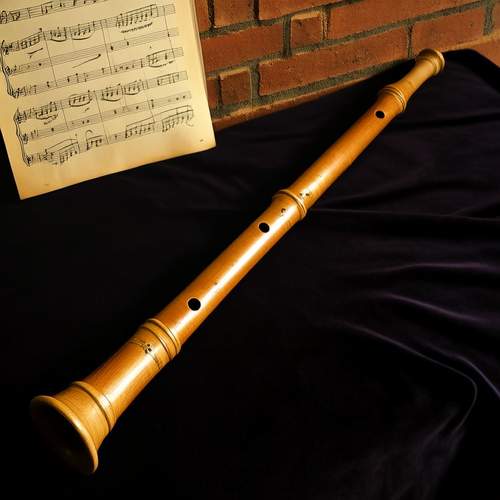
By /May 30, 2025

By /May 30, 2025

By /May 30, 2025

By /May 30, 2025

By /May 30, 2025

By /May 30, 2025
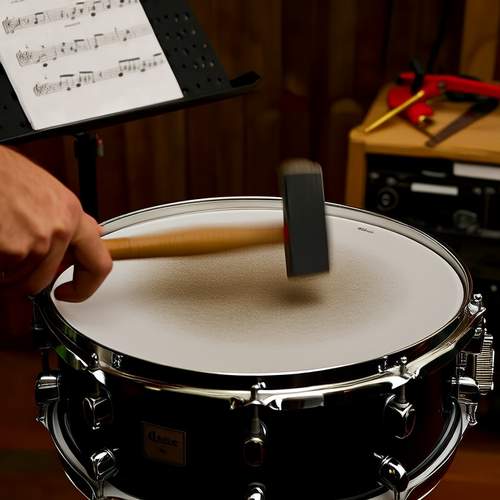
By /May 30, 2025

By /May 30, 2025

By /May 30, 2025

By /May 30, 2025

By /May 30, 2025

By /May 30, 2025
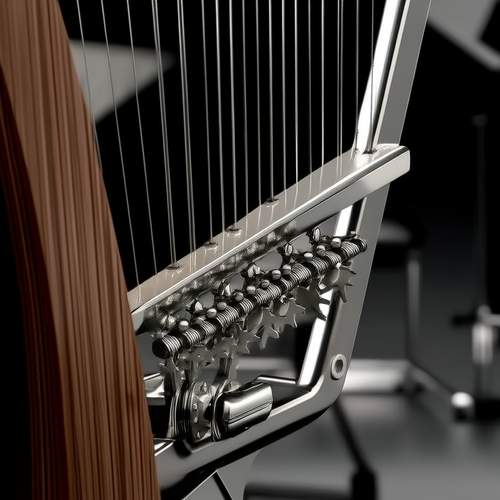
By /May 30, 2025

By /May 30, 2025

By /May 30, 2025

By /May 30, 2025
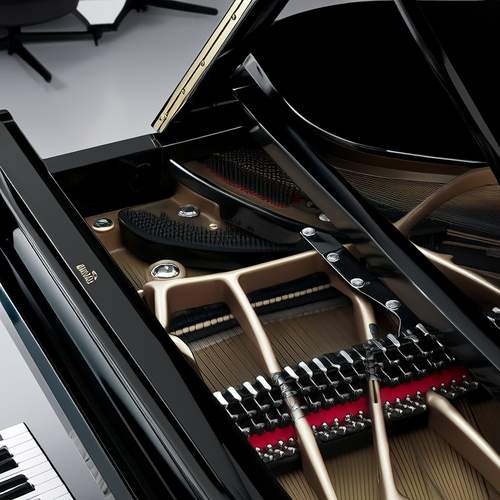
By /May 30, 2025
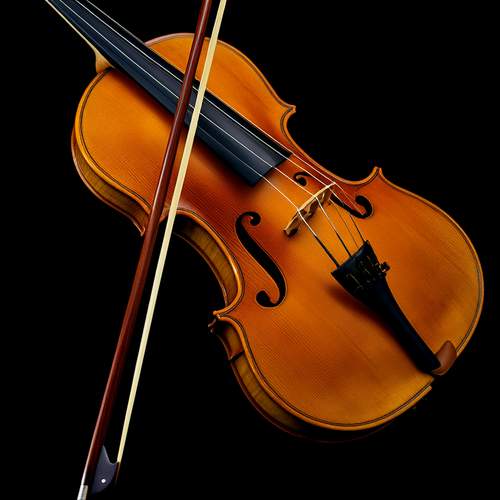
By /May 30, 2025